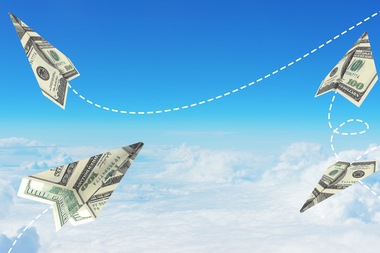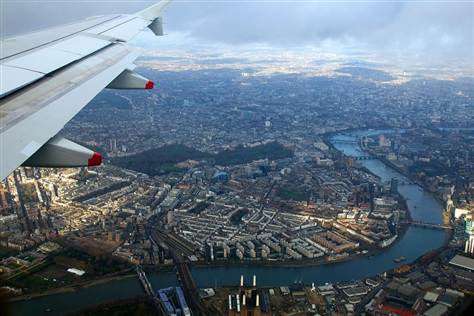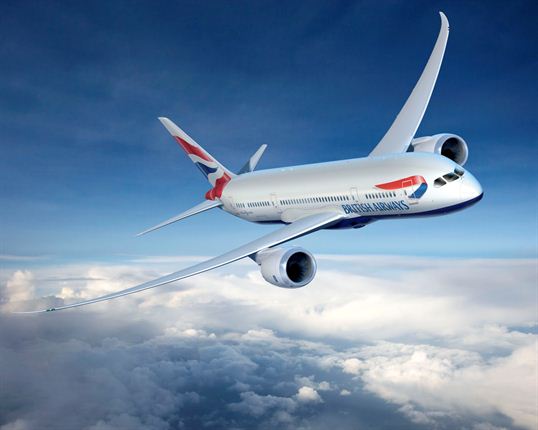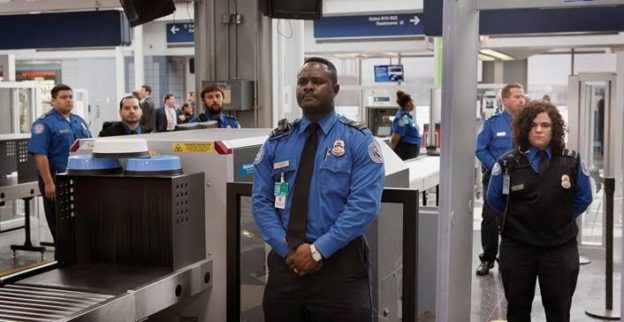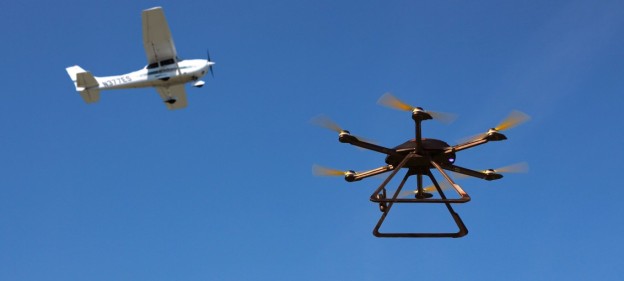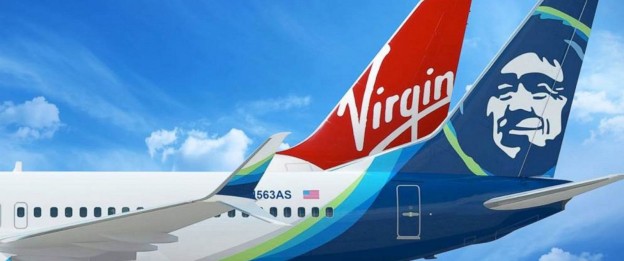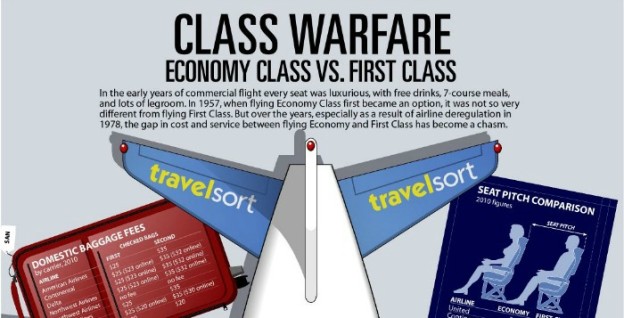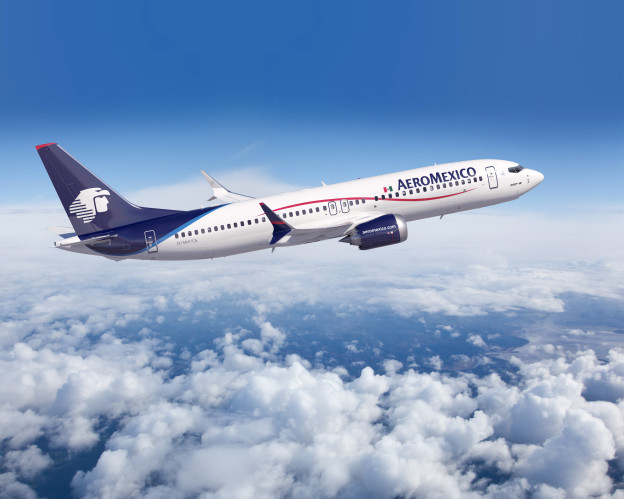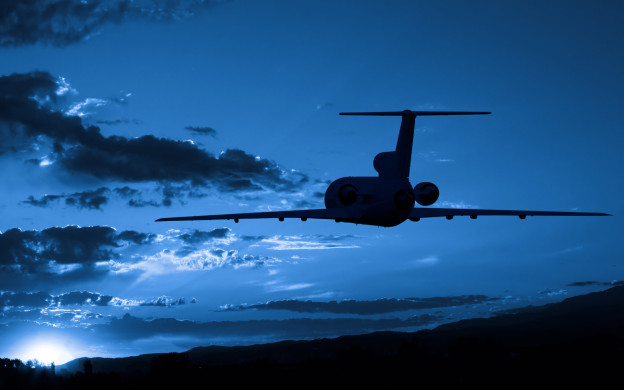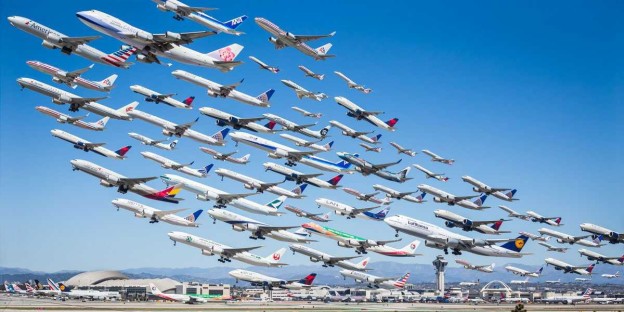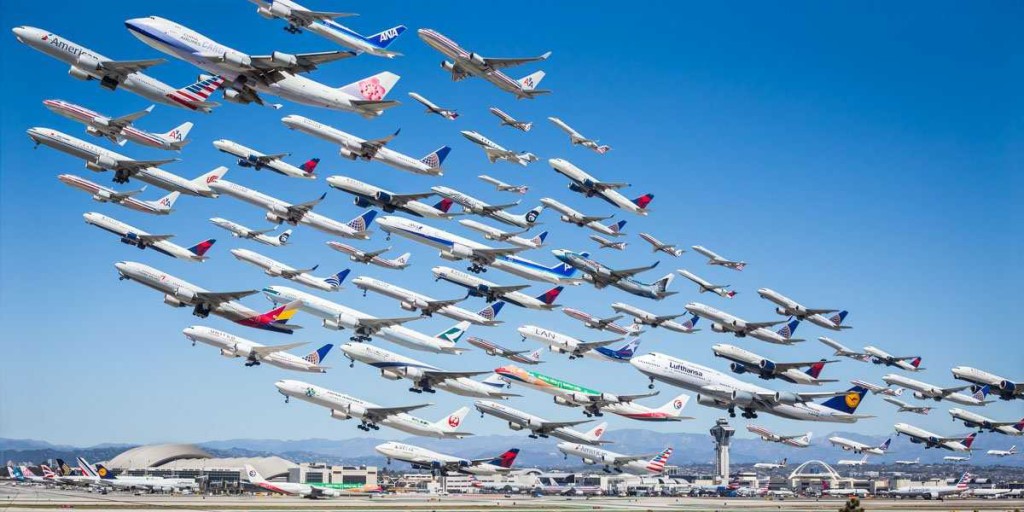Virgin America has just sold out to Alaska Airlines.
Richard Branson, who owns only a clear 22% of Virgin America, felt so bad about it that he wrote an open letter concerning the takeover.
He could not do too much to stop it because some of his take was in the form of non-voting shares. This effectively reduced his influence in a sell deal to that of a spectator. Because he is not an American, according to USA law, he was never allowed to have majority ownership. Still, he remains optimistic about the airlines’ future. As he put it, “Besides the turbulence and headwinds, the journey remains thrilling and joyful and I look forward to more future flights with virgin America.”
In many ways, the takeover makes sense. Yes, Virgin is a great brand and Virgin America was a cool airline to fly on. The banter on board, the groovy lounges, the reception, everything was pure Virgin. The only weakness of the original Virgin America set up was that the curious bystander often wondered why they could not link Virgin America to Virgin Atlantic for international travel. Now with Alaska, they simply add much more domestic connectability.
Frankly, now that Virgin America sold to Alaska Airlines the brand is going to become diluted.
Alaska might be famous for its onboard cuisine if you fly in business, but beyond that it is pretty much bog standard. In other words, you get what you pay for. Alaska could only benefit greatly from the bounce of the Virgin brand as they go head-to-head with the Southwest and Jet Blues.
It’s all about consolidation. Airlines are making bigger profits, oil is cheap as chips, the seats are shrinking, the food is sucking even more, and Richard just walked away with a cool half billion dollars.
The same thing kind of happened on Virgin Atlantic.
In 2012, Branson said that he could not survive competitively unless he had an alliance. There was talk of aligning with British Airways and Singapore, but in the end it was Delta who picked up the mantle – the largest airline in the world married a virgin!
Essentially, Delta picked up all Virgin slots and 49% of Virgin Atlantic. It gave both airlines more access in a highly competitive market and it gave Delta a hot card to play against its transatlantic nemesis, British Airways. Imagine this, now there would be nine daily round-trip flights from London to JFK and Newark and 31 peak day daily flights to London! More importantly, for Delta fans, you get the chance to visit the groovy Virgin lounge as opposed to the abysmal Delta one where they won’t let you bring in a desperately needed sandwich because they are scared you will compare it to the rubbish you are getting inside. So there are benefits. Although currently Delta flies into Terminal 4 at Heathrow whereas Virgin is in Terminal 3, so you need to have a 10 minute limo service to connect you between the lounges! Not so good.
In the end, when we travel on Virgin, we buy the brand.
The brand’s God is Branson. It starts at the counter with the red suited flight attendants and the funky fishbone configurations in upper class on the planes. It is a kind of an antidote to British Airways and it worked. People became Virgin groupies. The lounges are the best and the people that work at Virgin all carry the brand with pride.
So how is the marriage going? It’s probably working well economically but I do get the feeling having dealt with both sets of staff that this marriage is definitely destined for twin beds at the very least and separate rooms in the future. Maybe that’s how marriages last!
Image courtesy of ABC News: http://abcnews.go.com/Business/virgin-america-alaska-air-merger/story?id=38143131
 Finally, we are seeing the government recognizing that consolidation is creating an arrogance in service and in amenities. After deregulation in 1978, industry charges like baggage fees and bumping passengers have been pretty much left to the airlines. And 80% of USA domestic business is now in the frightening hands of four airlines. Power to the few and less power to the consumer.
Finally, we are seeing the government recognizing that consolidation is creating an arrogance in service and in amenities. After deregulation in 1978, industry charges like baggage fees and bumping passengers have been pretty much left to the airlines. And 80% of USA domestic business is now in the frightening hands of four airlines. Power to the few and less power to the consumer. money where their mouth is. Dragging a guy down the aisle sounds like a bad wedding arrangement. It nearly cost them their business. CEO Munoz stated that he is committed to making things better and now overbooking as a policy is going to be phased out. Southwest, the darling of consumers, actually has the highest overbooking of any airline. They were just smarter and nicer about it.
money where their mouth is. Dragging a guy down the aisle sounds like a bad wedding arrangement. It nearly cost them their business. CEO Munoz stated that he is committed to making things better and now overbooking as a policy is going to be phased out. Southwest, the darling of consumers, actually has the highest overbooking of any airline. They were just smarter and nicer about it.
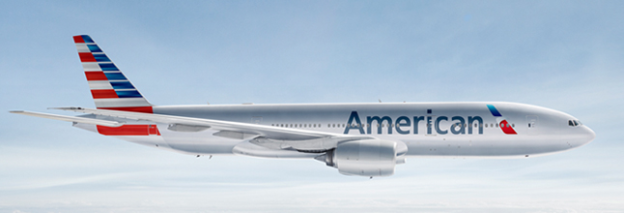
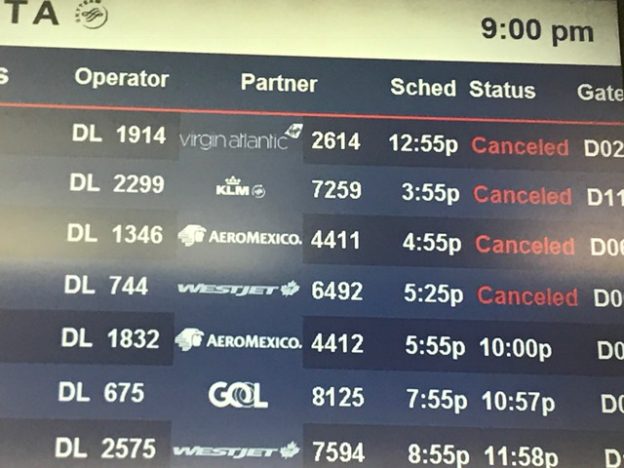
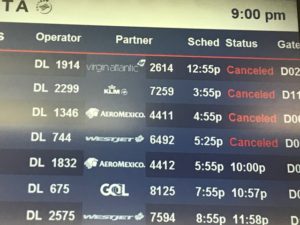 possibly canceled, one word of advice, pray to God that you are not stuck at LaGuardia Airport. It sucks. Watching delays unfold and getting bad updates and then inevitable cancellations are frustrating and bring out the worst in all of us. Airline staff is not helpful and nobody has a clue. Usually, they point to a gate complaint line that is a mile long and have you wait there. If you are really lucky, you get a snack voucher. As for a hotel, dream on!
possibly canceled, one word of advice, pray to God that you are not stuck at LaGuardia Airport. It sucks. Watching delays unfold and getting bad updates and then inevitable cancellations are frustrating and bring out the worst in all of us. Airline staff is not helpful and nobody has a clue. Usually, they point to a gate complaint line that is a mile long and have you wait there. If you are really lucky, you get a snack voucher. As for a hotel, dream on! 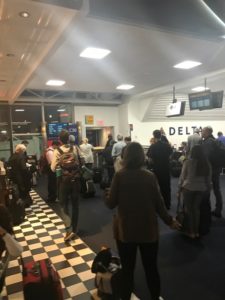
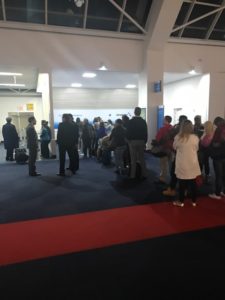 much better. It’s as if they have no training on what happens when stuff goes wrong. That’s the only time they have to worry and that’s when they can really overperform. We know the airline food is bad, the seats are cramped, and the service in general on the plane is very average, so how about excelling at this? Help passengers who are trying to figure out what to do, concentrate on the pre-
much better. It’s as if they have no training on what happens when stuff goes wrong. That’s the only time they have to worry and that’s when they can really overperform. We know the airline food is bad, the seats are cramped, and the service in general on the plane is very average, so how about excelling at this? Help passengers who are trying to figure out what to do, concentrate on the pre-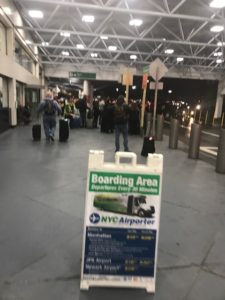 boarding service, calm people, assure people, and take a genuine interest in getting people into a good frame of mind. Maybe they should have yoga attendants at the gates helping passengers breath. It’s a shame. This is an area where you don’t have to do much. Just be service-oriented and kind. Is that too much to ask?
boarding service, calm people, assure people, and take a genuine interest in getting people into a good frame of mind. Maybe they should have yoga attendants at the gates helping passengers breath. It’s a shame. This is an area where you don’t have to do much. Just be service-oriented and kind. Is that too much to ask?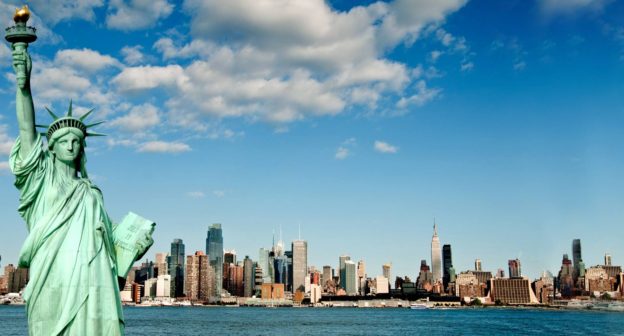
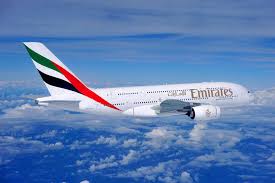 Inbound travel to the US is certainly getting impacted by Trump’s travel ban and the rhetoric that surrounds it.
Inbound travel to the US is certainly getting impacted by Trump’s travel ban and the rhetoric that surrounds it. 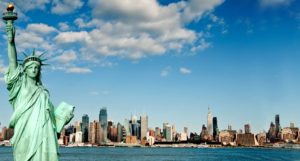 drag the airline industry in another direction. But inbound flights to the US that carried highly profitable passengers that spend serious amounts of money are not easily going to be replaced soon.
drag the airline industry in another direction. But inbound flights to the US that carried highly profitable passengers that spend serious amounts of money are not easily going to be replaced soon.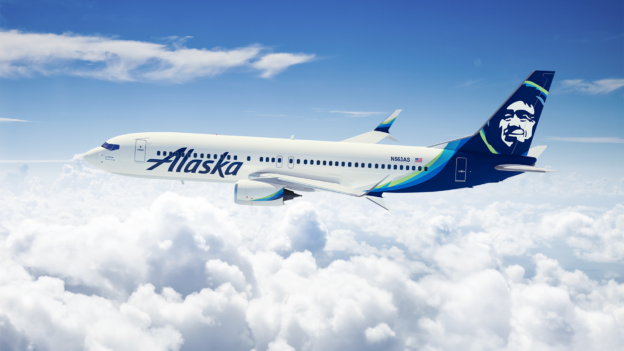
 just as bad as reading a magazine during a dental surgery knowing that almost certainly what happens inside is not going to be good.
just as bad as reading a magazine during a dental surgery knowing that almost certainly what happens inside is not going to be good.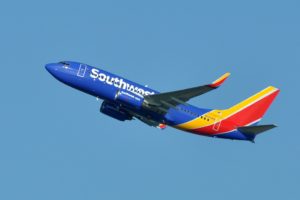 operating the most basic system of all with no baggage surcharge if you check, is always considered the best system? It’s random, there’s no class distinction, you just line up in rows with numbers allocated and you cannot move until they tell you. And on the airplane, it’s a free for all so you choose your seat, have a nice day, and get over it. It works and that’s the way it goes. The domestic boarding experience is one of the most horrific experiences known in the airline industry and yet the glowing example of how to do it right is staring everybody in the face.
operating the most basic system of all with no baggage surcharge if you check, is always considered the best system? It’s random, there’s no class distinction, you just line up in rows with numbers allocated and you cannot move until they tell you. And on the airplane, it’s a free for all so you choose your seat, have a nice day, and get over it. It works and that’s the way it goes. The domestic boarding experience is one of the most horrific experiences known in the airline industry and yet the glowing example of how to do it right is staring everybody in the face.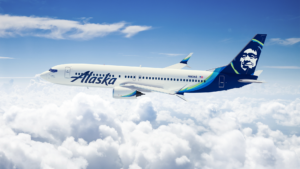
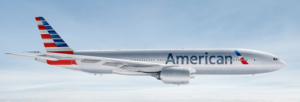 about a $25 ticket on a 1,000-mile route? On the other hand, American is charging big bucks for crap service. Get a load of this – American’s numbers actually improved over last year. Alaska, which has just acquired Virgin America, looks like it will further improve its network and grab some of its strong points and push it over to what was its Virgin competitor.
about a $25 ticket on a 1,000-mile route? On the other hand, American is charging big bucks for crap service. Get a load of this – American’s numbers actually improved over last year. Alaska, which has just acquired Virgin America, looks like it will further improve its network and grab some of its strong points and push it over to what was its Virgin competitor.